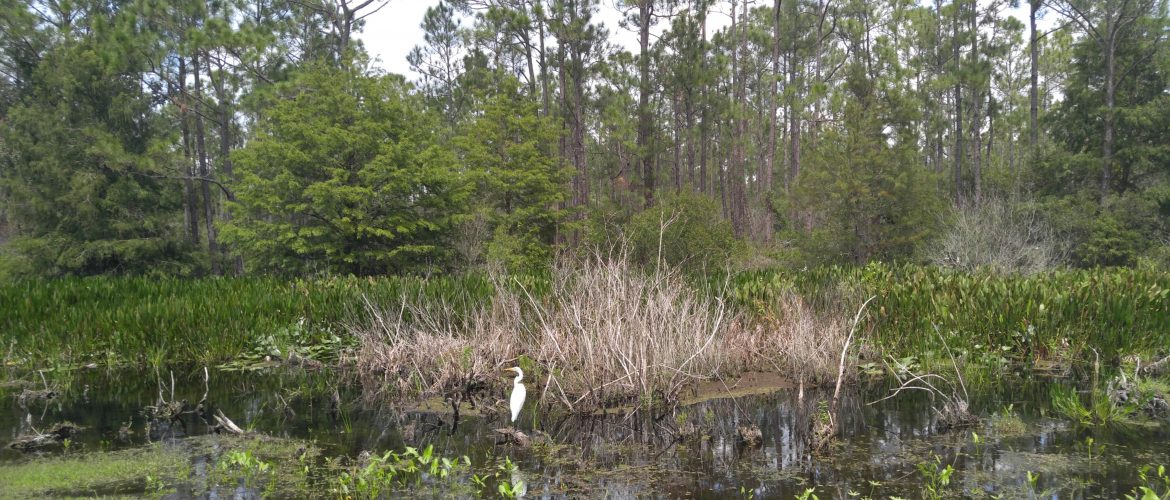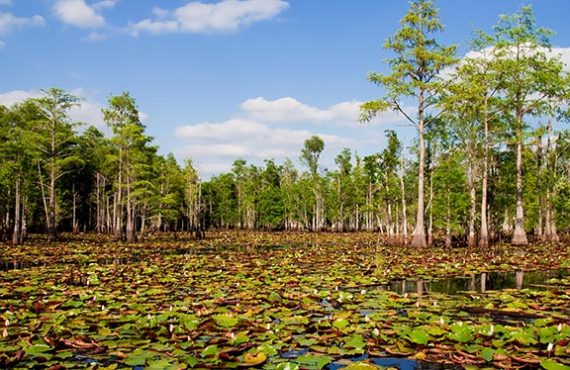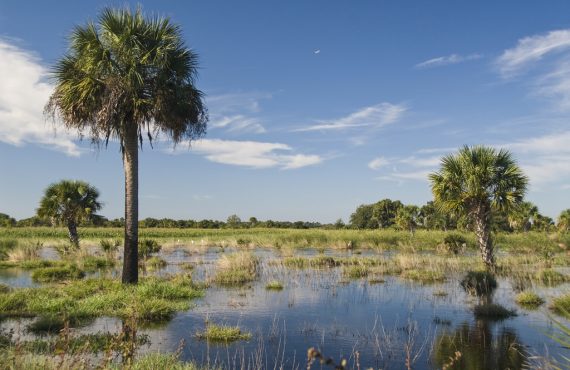Top 5 Reasons on why purchasing mitigation credits from a mitigation bank is preferred to providing offsite or onsite mitigation
- Save Time
A developer using a mitigation bank will have reduced permitting time. The permitting practice is a more streamlined process since mitigation banks are already constructed and functioning. Wetland Mitigation banks are already approved by local, state, and federal agencies.
- Save Money
Wetland impacts can be offset by property on-site or off-site (purchasing additional land within the same drainage basin to construct functioning mitigation). The cost increases with the additional burden of permitting, construction, monitoring, and maintenance activities. Mitigation through a bank requires a one time fee for the mitigation credits and the additional burden and hidden cost are avoided.
- Maximize Space
On site mitigation often becomes a burden on development sites, causing a development to be planned around the mitigation. Buying credits from a mitigation bank allows the developer to maximize his usable land and put that space to its highest and best use.
- Avoid Risk
The developer that implements its own mitigation often finds its mitigation failing and must spend unexpected money to restore the wetland. The purchase of credits from a mitigation bank legally transfers all risk to the mitigation banker.
- Benefits to the Environment
Establishment of a mitigation bank brings together financial resources, biological planning and scientific expertise. Consolidating these resources increase the potential for long-term successful mitigation that maximizes contribution to the environment. A large scale mitigation bank project has the opportunity to maintain the integrity of the aquatic ecosystem. The complexity of a wetland is difficult to encompass in a small development project. The larger mitigation bank has a better chance of encompassing all necessary biological functions.








